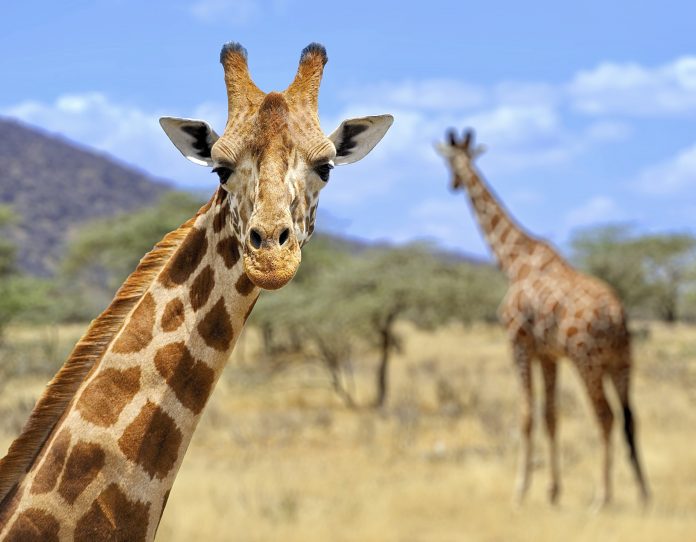
Breaking! Conservation Groups Take Legal Action To Speed Up Protection For Endangered Giraffes Under The Endangered Species Act
You can help all animals and our planet by choosing compassion on your plate and in your glass. #GoVeg

You can help all animals and our planet by choosing compassion on your plate and in your glass. #GoVeg